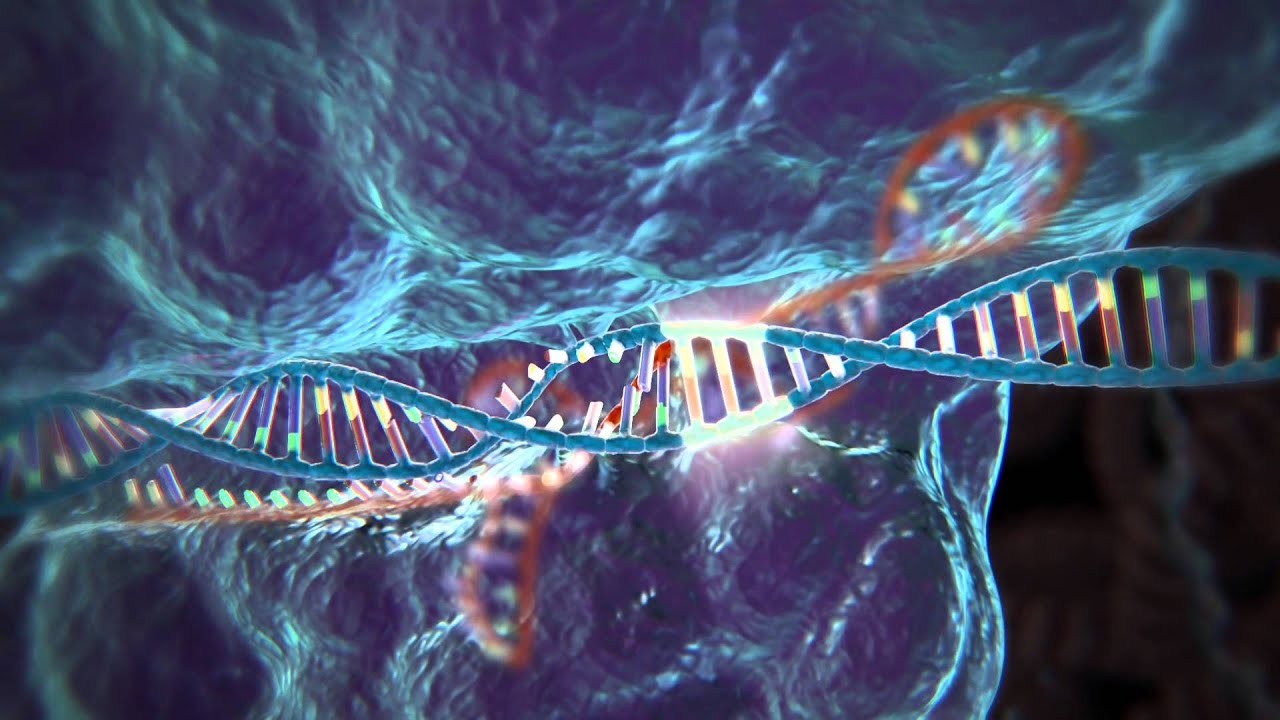In this blog “Genetics and Gene Editing Explain Its Detail” relets to Health and Medicine. In recent years, genetics and gene editing have become some of the most exciting and rapidly advancing fields of science.

The study of genetics allows us to better understand the underlying biological mechanisms of life, while gene editing has the potential to revolutionize healthcare, agriculture, and even environmental conservation. In this blog, we will explore the basics of genetics and gene editing, as well as some of the key applications and potential ethical considerations.
Table of Contents
What is Genetics?
Genetics is the study of how traits are passed down from generation to generation. At the most basic level, genes are the building blocks of life, providing instructions for the growth, development, and maintenance of all living organisms. Every cell in the human body contains 23 pairs of chromosomes, which contain all of the genetic information needed to create a human being.
In recent years, advances in technology have made it possible to sequence the entire human genome, which contains roughly 3 billion base pairs of DNA. This has opened up new avenues for research and understanding of how genes work.
What is Gene Editing?
Gene editing is the process of altering the DNA sequence of an organism’s genome. There are several different methods of gene editing, including CRISPR, TALEN, and ZFN. CRISPR, in particular, has become a popular tool for gene editing due to its simplicity and accuracy.
Using CRISPR, scientists can make precise changes to the DNA sequence of an organism. You can use this to correct genetic defects, create new traits, or even introduce new genes into an organism. The potential applications of gene editing are vast, from creating new agricultural crops to curing genetic diseases.
Applications of Gene Editing
- Healthcare: Gene editing has the potential to revolutionize healthcare by allowing doctors to correct genetic defects that cause diseases. For example. Scientists could use gene editing to cure genetic diseases such as cystic fibrosis, sickle cell anemia, and Huntington’s disease.
- Agriculture: Gene editing could help to create crops that are more resistant to disease and pests, or that have better nutritional content. This could help to improve food security and reduce the environmental impact of agriculture.
- Environmental Conservation: Scientists could use gene editing to protect endangered species by introducing new genes that make them more resistant to disease or better able to adapt to changing environmental conditions.
Ethical Considerations
While we consider gene editing to hold great promise, we also need to take ethical considerations into account. Some of the key concerns include:
- Safety: Gene editing has the potential to cause unintended consequences or side effects. It is important to carefully study and test gene editing techniques to ensure that they are safe for human use.
- Eugenics: People risk using gene editing for eugenic purposes, such as creating “designer babies” with specific traits. We need to ensure that gene editing has ethical purposes and is not used to create a “master race” or other harmful outcomes.
- Access: There is a risk that gene editing could create a divide between the “genetically enhanced” and the “unenhanced.” It is important to ensure that gene editing is available to all, regardless of their economic or social status.
Conclusion
In conclusion, genetics and gene editing are exciting and rapidly advancing fields of science with great potential for improving human health, agriculture, and conservation efforts. Although ethical considerations need to be taken into account, it is evident that gene editing has the potential to revolutionize our way of life. In the years to come, we can eagerly anticipate how these fields will continue to develop and what novel applications and discoveries scientists will make.

